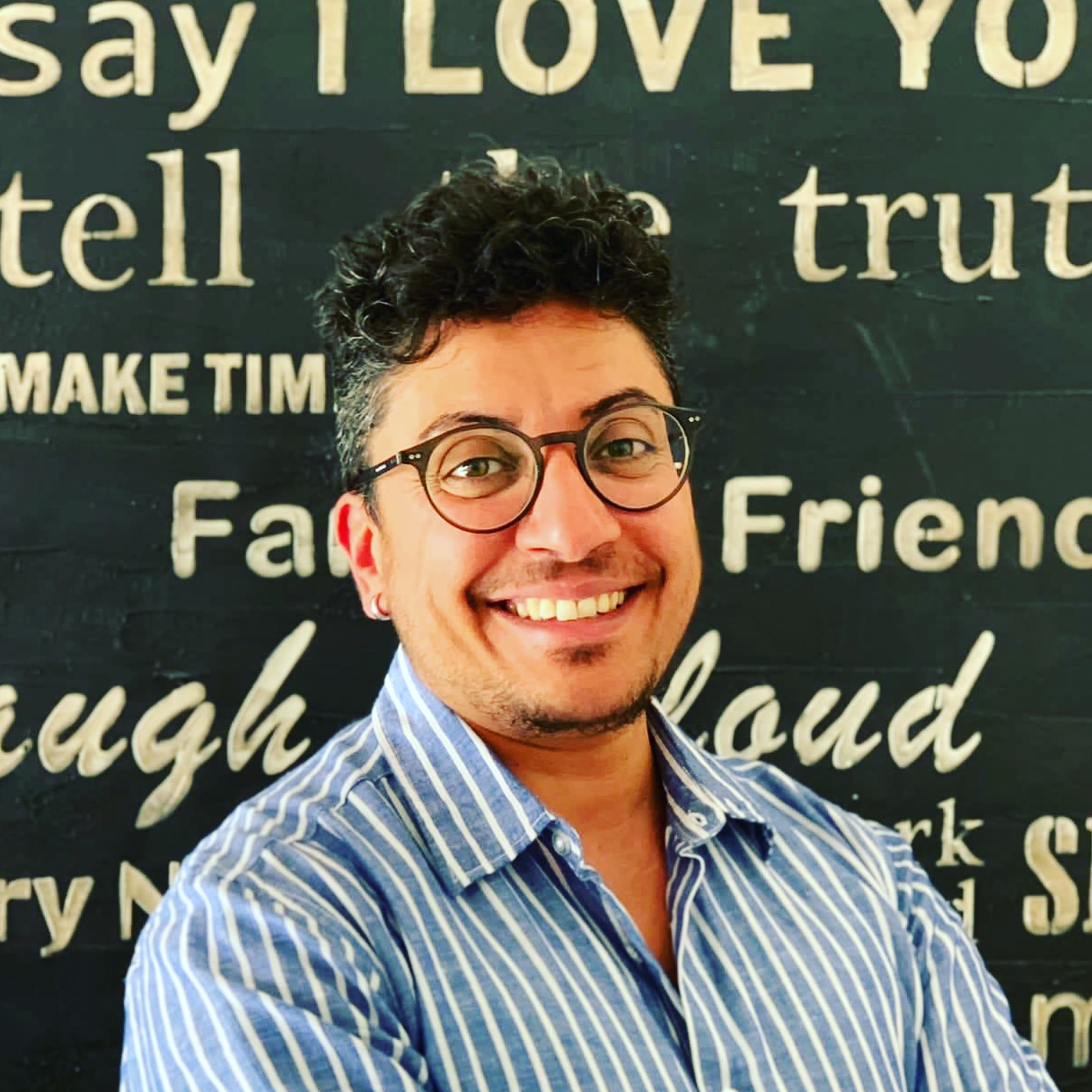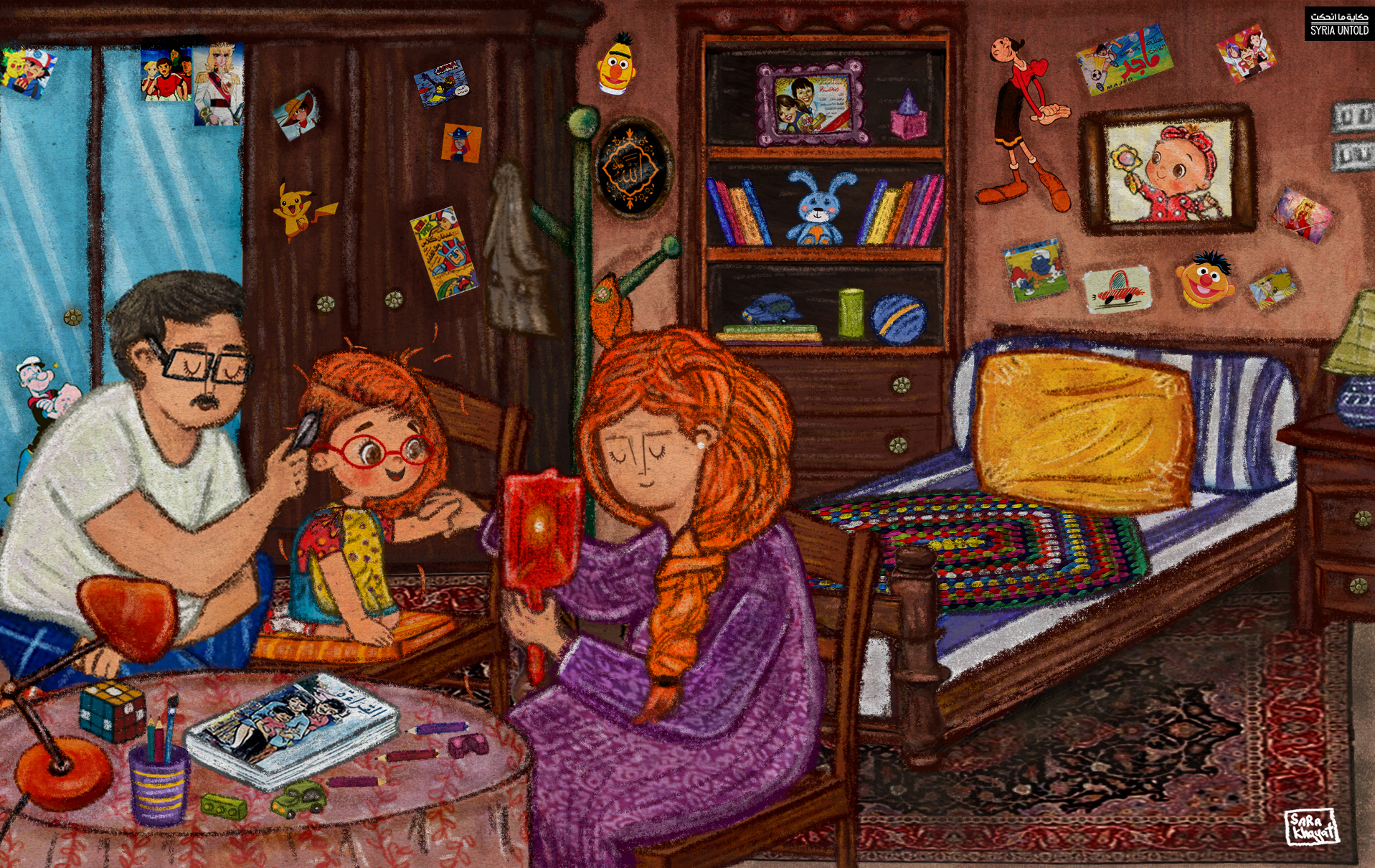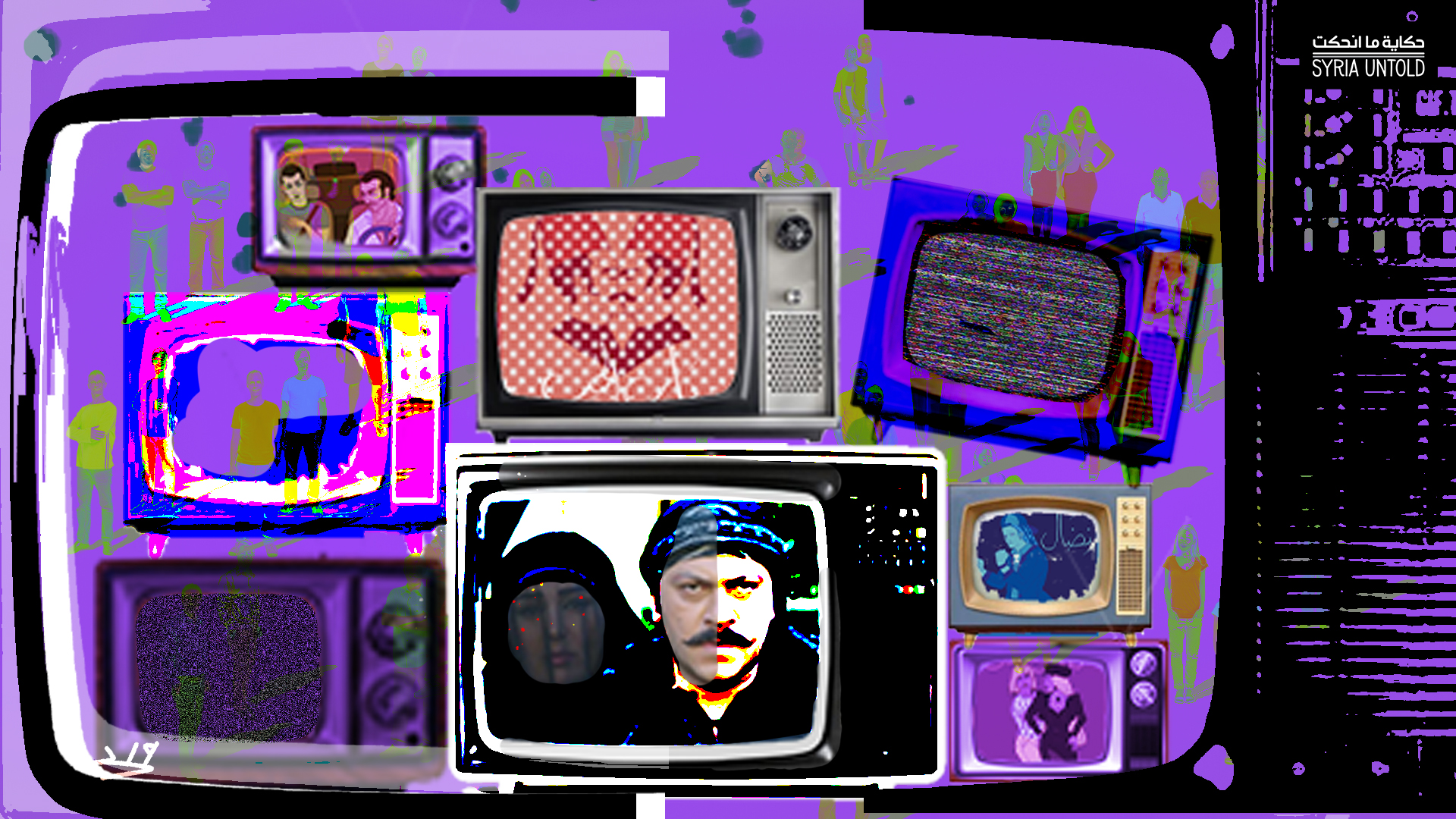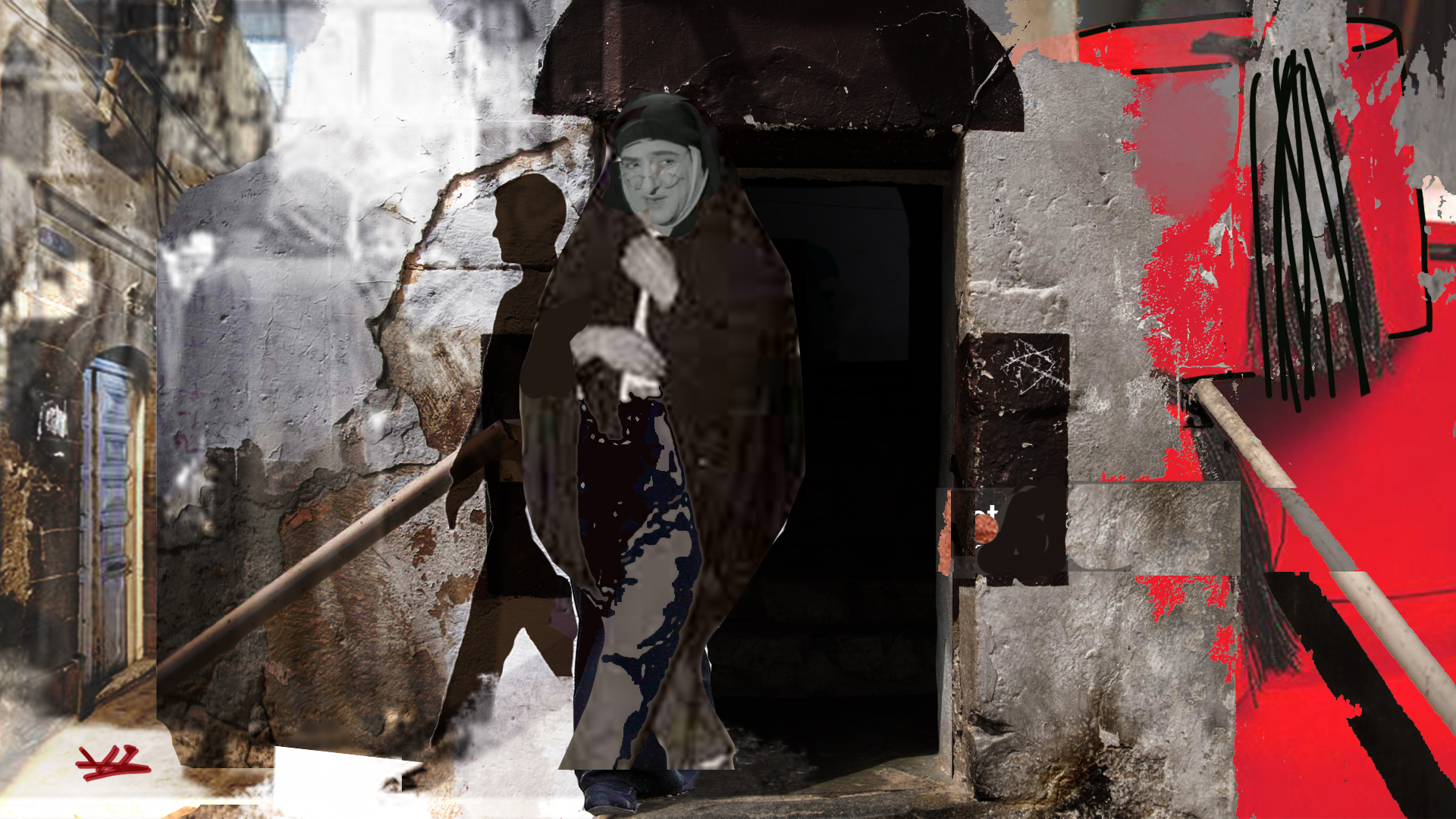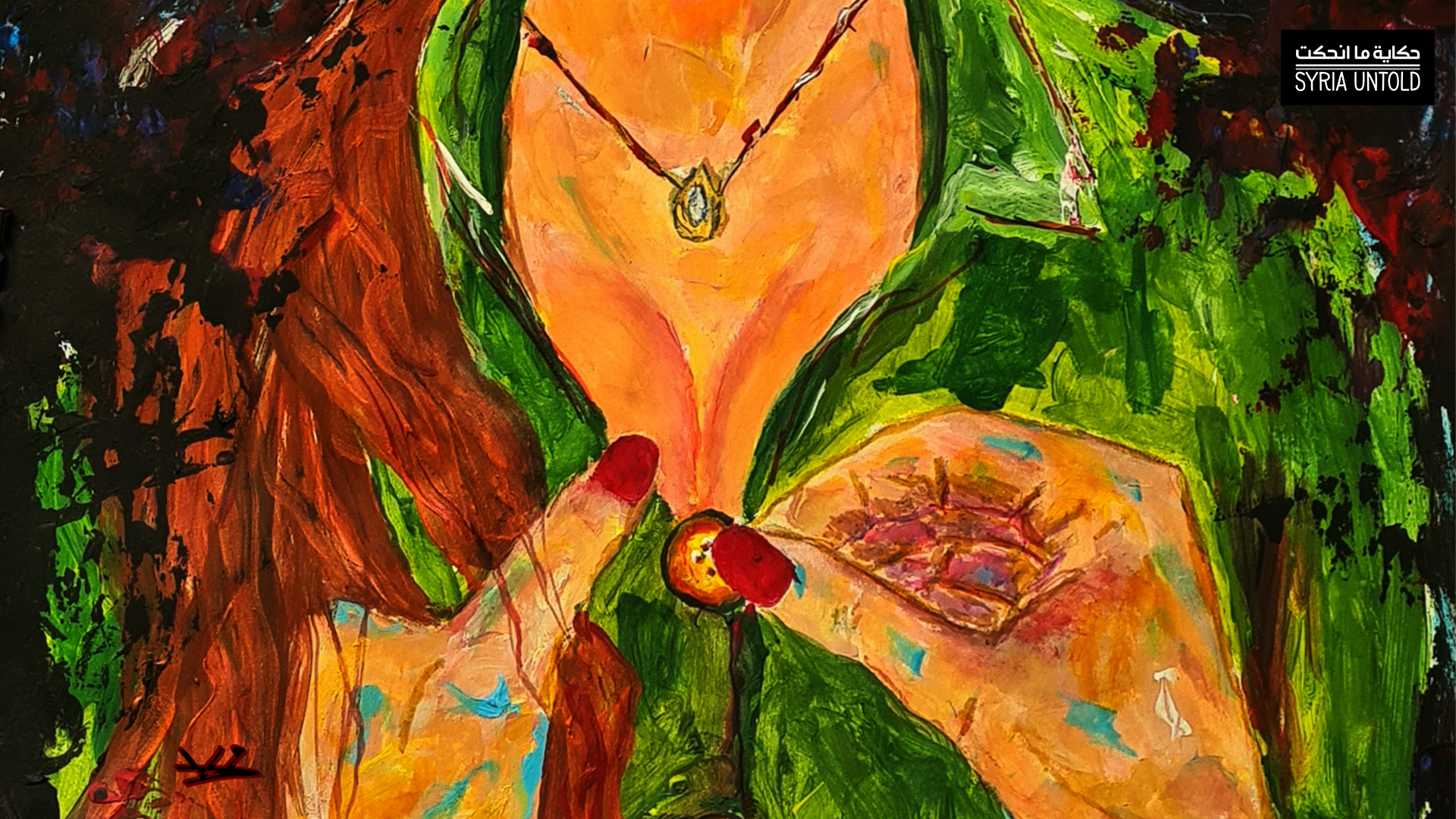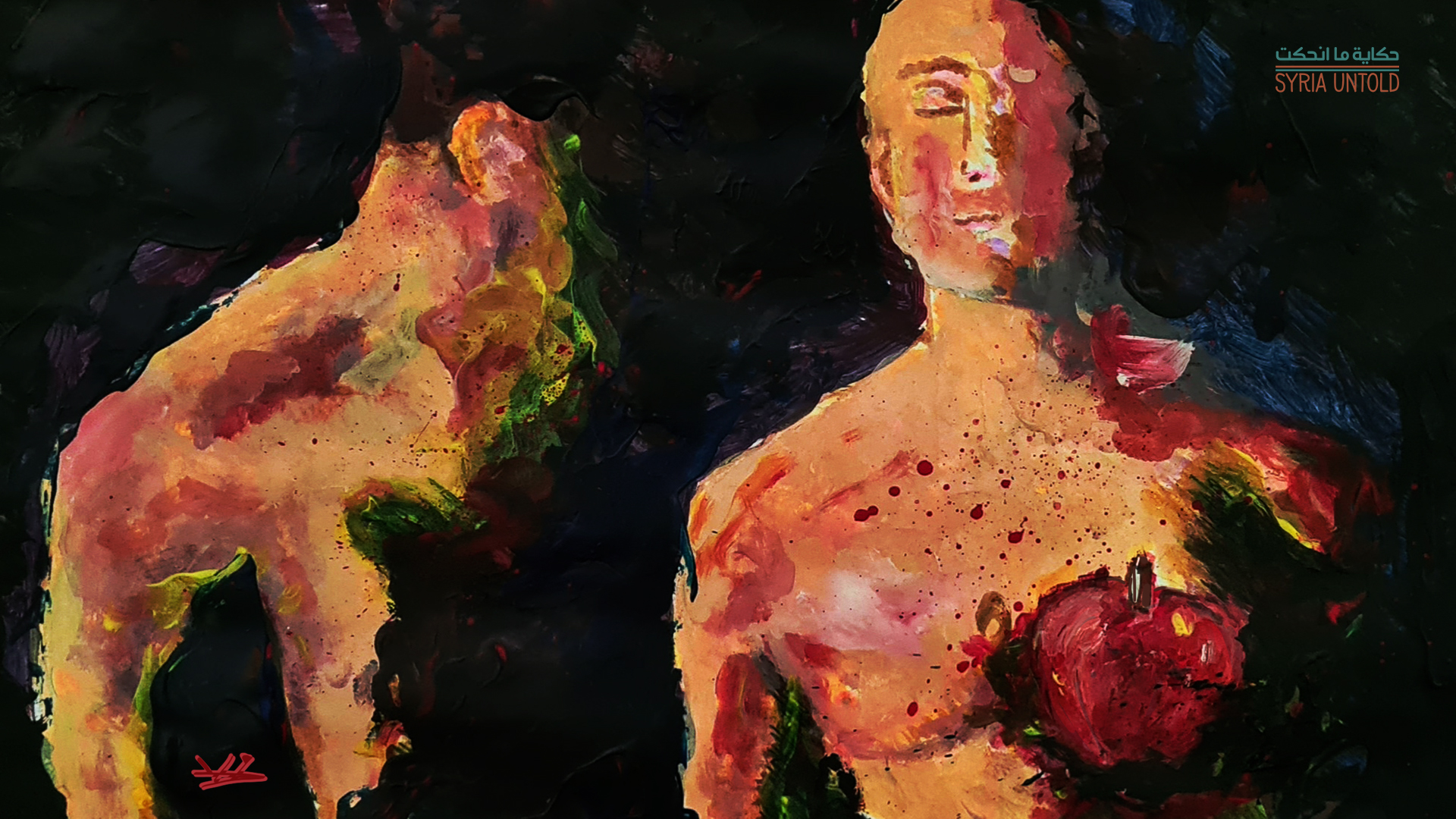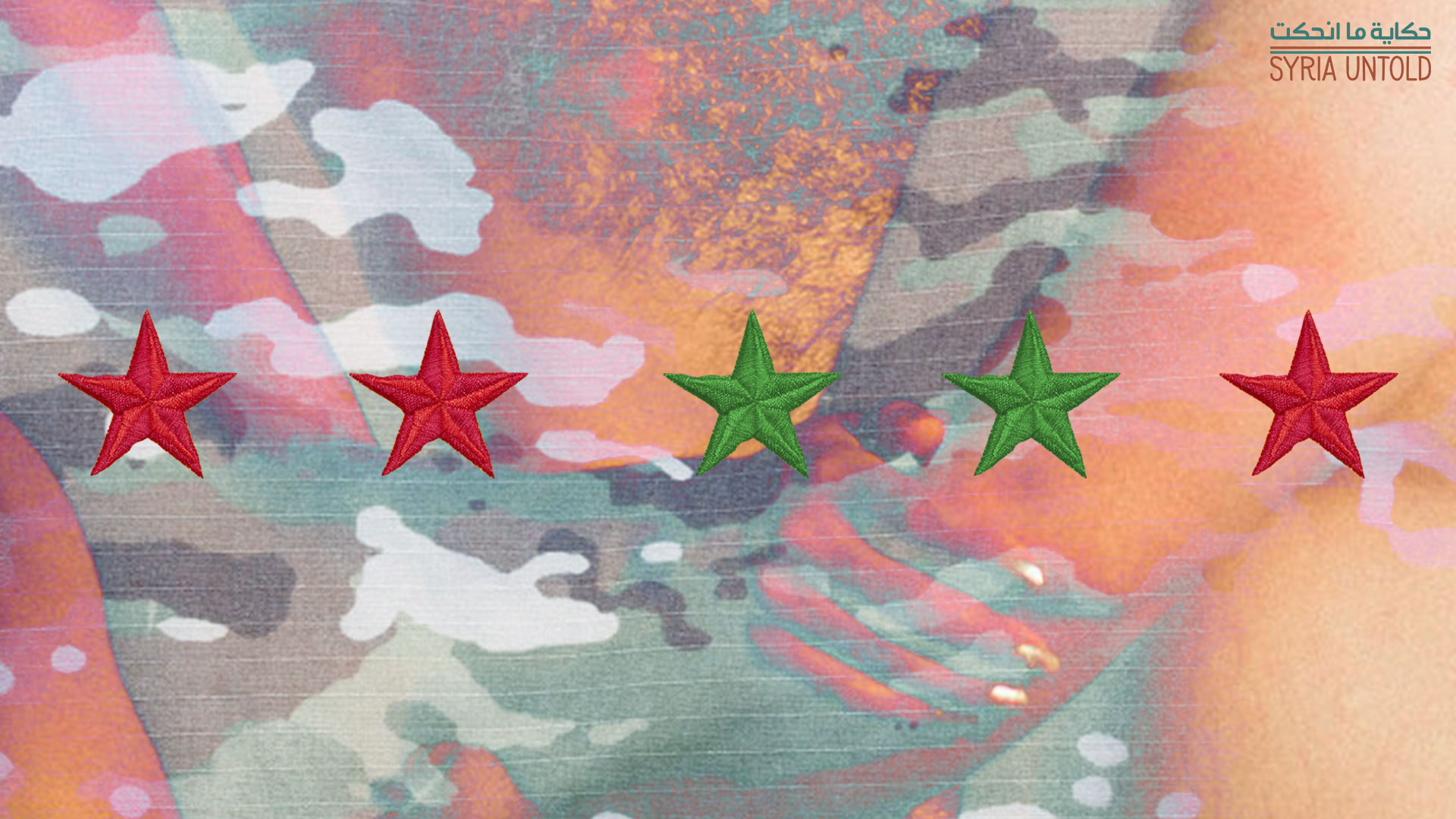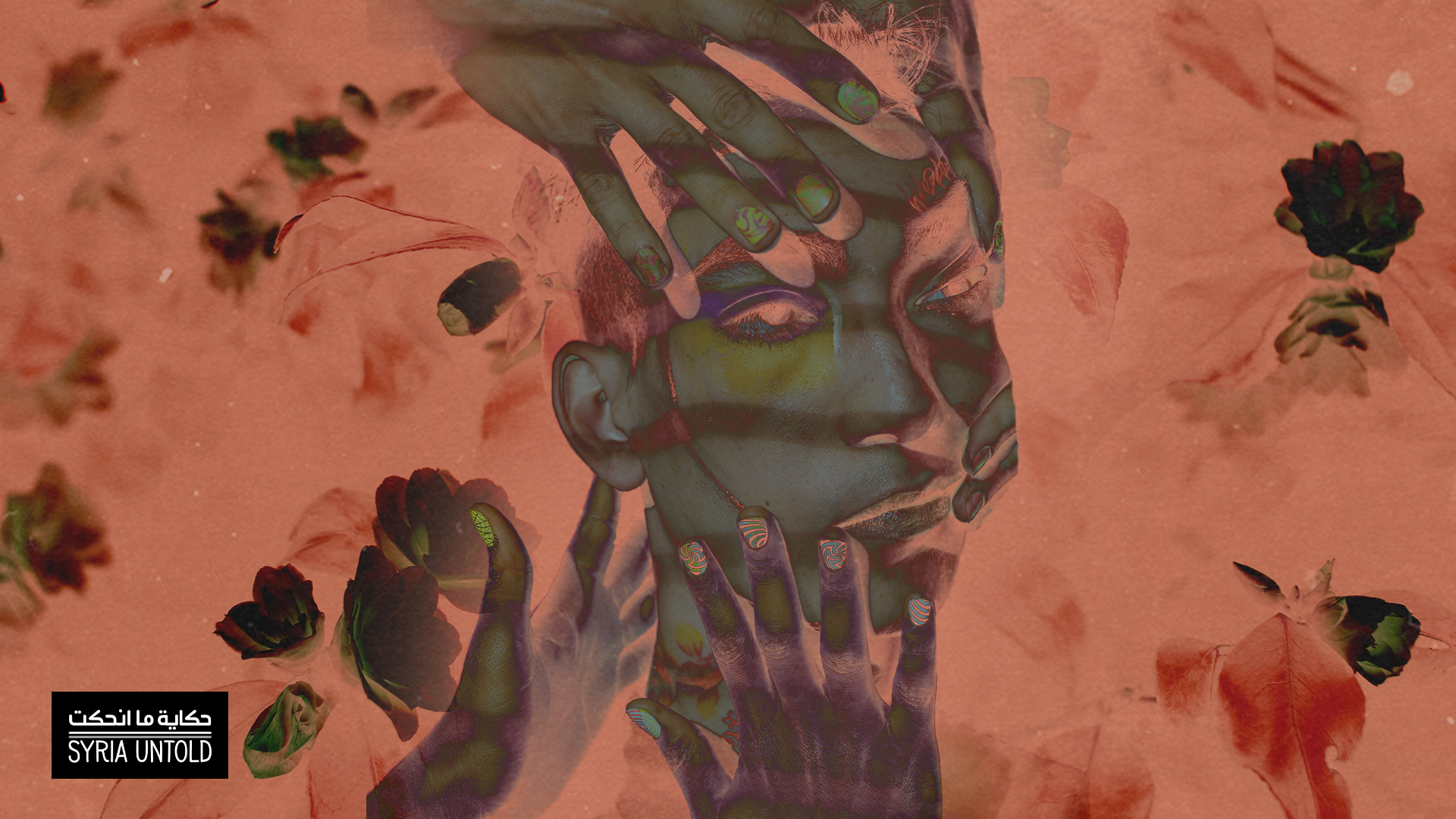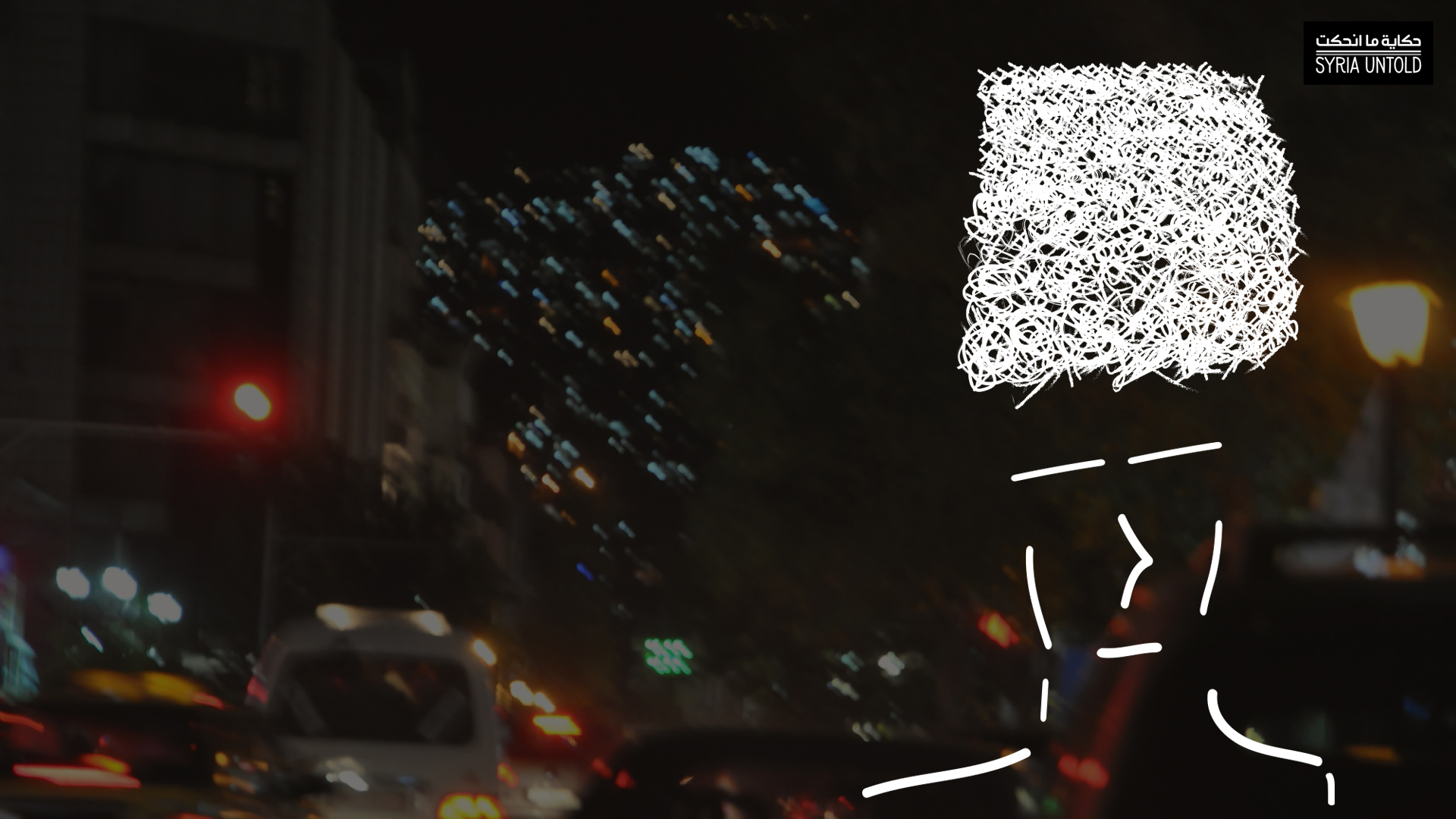I have always tortured myself for others’ wellbeing. I hated myself for the imperfection of my scars, and I wondered how deep inside myself must I probe to touch that deafeningly silent corner of my soul.
What about you? You, the woman hugging a woman she loves, on the night she will marry another - a man. You, the man bragging to the womanizing friend of yours about girls you’ve never met melting in your arms, stories which never happened but that you tell anyway, hoping they will shield the tender love you have for him. You, the wives holding your sleeping husbands to cast away the shadow of the other woman.
And you is many more.
Some may assume I accidentally misgendered some of the you’s (how could a man be outcompeted by a woman to another woman’s heart?) but that is simply not true. These are the stories of a parallel universe, one that vibrates with colours and shades of grey, one that remains hidden from the one you inhabit with its clearly defined binary of black and white.
On childhood, ‘being different’ and memory
10 June 2022
Reimagining the queer characters of Syrian TV
19 August 2022
One day, before war broke out in Syria, a friend invited our whole group of friends to come and watch the movie “Alexander.” It was a long movie, almost three hours long and not exactly his taste, an odd choice, or so I thought. I went anyway and from the corner of my eye I saw his shaking hand as he gripped the remote control and increased the volume at the dialogue scene between Alexander and his lover Hephaestion. His eyes moved between each of our faces, trying to decipher our reaction to a love that could never survive the streets of our city. The choice was not odd after all. The love declaration scene finished, I smiled to him and I still remember his face when he saw my smile. I also remember all the times I wished I could raise the volume when a character in a movie or a series uttered words I didn’t dare to say. I am a bookworm however, so I underlined passages where a character in a novel declared that love is love, regardless of gender. My eyes too sought any sign that would assure me that my gender identity was valid and that the love of a woman was possible.
I had started writing at a young age, and it helped me externalize what lay hidden within me, through the symbolism of poetry and fictitious characters living in the short stories I wrote. However, as the years went passing by, the fictional realm of words was no longer enough, I needed to feel it. I needed to materially build a world in which I was a man. So I drew one. The first critique I received was from a friend of mine with a skilled painting hand and a sharp eye to go with it. She was particularly skilled with human anatomy as a subject. She looked at the young woman I drew sitting on grey marble and declared one of her shoulders was masculine. I would later realize that all the women I drew had one masculine shoulder. Without my knowledge or consent, the man hiding inside me was screaming his need to exist through my brushes. That was how I realized that I could draw what I yearned to see in the mirror. I drew my face as I saw it, not through the lens of what others saw.
That is how I took the decision to draw a line under what I wanted others to see through my eyes.
Then came the year 2011, dragging with it war, mass exodus, hunger, and death. Like others, I saw myself moving from a communal, tribal, and familial existence, to an individual one. This was the first of many unconscious alienations I would know as everything around us was overturned forever. Somehow, coming out became easier, and the self inside me grew stronger. It seems that sometimes the only way home is through the door out. My hand no longer trembled when I painted. I found myself drawing a light beard with steady, strong, haphazard strokes. I began to experiment with oil painting.
Those familiar with painting know the difference between acrylic and oil painting. The former dries fast, mistakes are permanent and the only way to fix one is to paint a layer of white and start over. The latter takes days to dry out on a canvas, leaving me with ample opportunities to adjust my strokes over and over again. It is fairly easy to correct and adjust a painting without resorting to a white coating.
I would later realize that all the women I drew had one masculine shoulder. Without my knowledge or consent, the man hiding inside me was screaming his need to exist through my brushes.
In the past, I wanted to cast what I dared not express quickly and permanently on my canvas, hoping the colors would dry out before I could retract what my hands had spoken. I wanted to run away from the prison of fear, hesitation, and hiding, into a state of no return. Nowadays I paint with oil colors or acrylic. When I use acrylic, I often do so with the mentality of oil colors. That was the case for the following painting for which I chose two Syrian, queer texts and drew them through the lens of the queer man that I am. In Syria, I had never seen a painting of a queer character. I visited many exhibitions and took part in a number of them with several Damascene artists. The paintings that I saw were daring in their depiction of nude bodies but none depicted a body that escaped conformity to conventional representations of the gendered body. I saw myself in none of them.
Queerness and transness on the Syrian cultural scene
03 June 2022
Thank you, Um Kamel!
Truth be told, I would not have dared to draw and exhibit such a painting. Coming out was not an option, queerness was shame, and daring to escape conformity was perversion.
While preparing this article for the series “Queerness and Transness on the Syrian Cultural Scene,” I went back to my bookish roots and drew two literary texts from the world of colors as I saw them. The first is “The Evil Poem” by Nizar Qabbani, written in Arabic about the love between two women.
When love fails to conform to the stereotype of a legally, socially, and religiously accepted relationship between a man and a woman, it must first overcome an uphill battle with the lover’s self and many stages of denial. When a woman unbuttons another woman’s shirt, for example, there is a clear acknowledgement of the truth of desire, of love beyond the sexual act. It is an implicit and explicit confession to the other that the relationship has crossed the line of deniability, it is a love that casts away the cloak of friendship. That moment of confession is precisely what I wanted to paint, the moment in which my fingers reveal that I left my heart there with you. I want you.
A button departs its hole
Calmly, for the night is still young!
The she-wolf suckles her she-wolf,
The hand invades and invades,
And the bed cover retreats,
As one pulls it, and the other lets go.
And four breasts converse in whispers,
For whispers are not forbidden.
(Selection from Nizar Qabbani’s “The Evil Poem”)(1)
The second text I propose to you is the play Rituals of Signs and Transformations, which was written in 1994 by playwright Sa‘adallah Wannous, impressed me even more. I had to take many breaks while reading to pace the room and let the words I had consumed flow back out before they consumed me. The dialogue scenes were daring, sad, and so very real. I was completely unaware that this play had existed prior to searching for and reading it for this article. One must acknowledge just how well authorities and censorship succeeded in occulting true art which could address people’s lives. Thus so, our streets grew ignorant and lacked the words we should have discovered in literary pages, and with which learnt to better see ourselves. Wannous’ book brimmed with the depth of sincerity and description of al-‘Afsa’s falling in love with and confessing his feelings to Abu al-Fahd, and the psychological, social, and material consequences thereof for al-‘Afsa in a conservative Syrian setting.
In the third scene of the play, Abu al-Fahd condemns and rejects al-‘Afsa, after the latter transformed from a “masculine” to a more “feminine” person. Al-‘Afsa’s response to him shows the positive representation and Sa‘adallah Wannous’ poignant critique of the conservative sexual mores of Syrian society:
“Do not kill me, please, Abu al-Fahd. All I ever did was for you, and you know very well at what cost. What I did is certain death in our homeland, perhaps even worse than death, and yet you feign anger and repulsion. You just want an excuse to cut ties with me,” he chokes up and began to cry before continuing, “I cannot bear the thought of you abandoning me. I cannot accept you disposing of me now that you have changed me to the chore. I have become clear as a spring. I fake nothing. What I say I mean and what I mean I say. Did you not always say you hated fake people? All I did was show you my deepest self, no more secrets, no more hidden truths. I wanted to reinforce the affection between us, to simply tell you how much I adored you. This love pushed me to face myself and others. It gave me courage. It gave me life.” Al-‘Afsa in Rituals of Signs and Transformations (p.99, 2008) (2).
How could Wannous possibly manage to write about all these dynamics of non-normative love and sex in a way that clearly sympathizes with the character of al-‘Asfa? How did we as writers not know him? Of course, I am not trying to generalize here, I only am talking about those who have never read this play.
Where I come from, Adam’s apple was always associated with masculinity and desire. “Her eyes and her laughter haunted his heart”, we were told. What if it was al-‘Afsa that haunted his heart, or perhaps his lover Abu al-Fahd?
To every era its hands, eyes, and nomenclature. We, as queer Syrians today, are at the gates of a new era, circling our own identities, gazing at them to better decipher them. We explore ourselves and others with new words and colors which will be written about and analyzed tomorrow. Years from now, someone will sit in a coffeeshop as I do now in front of my computer and write about texts penned by queer people, and perhaps their hands will shake, not with fear this time, but in the deep understanding that the butterfly effect will never end.
Notes:
1)Nizar Qabbani. 1956. “The Evil Poem,” from his collection Poems. This part was translated by Rebecca Saab Saade and Fadi Saleh.
2)Sa‘adallah Wannous. 2008 (1994). Rituals of Signs and Transformations. Damascus: Mamdouh Adwan Publishing House. This part was translated by Rebecca Saab Saade.


